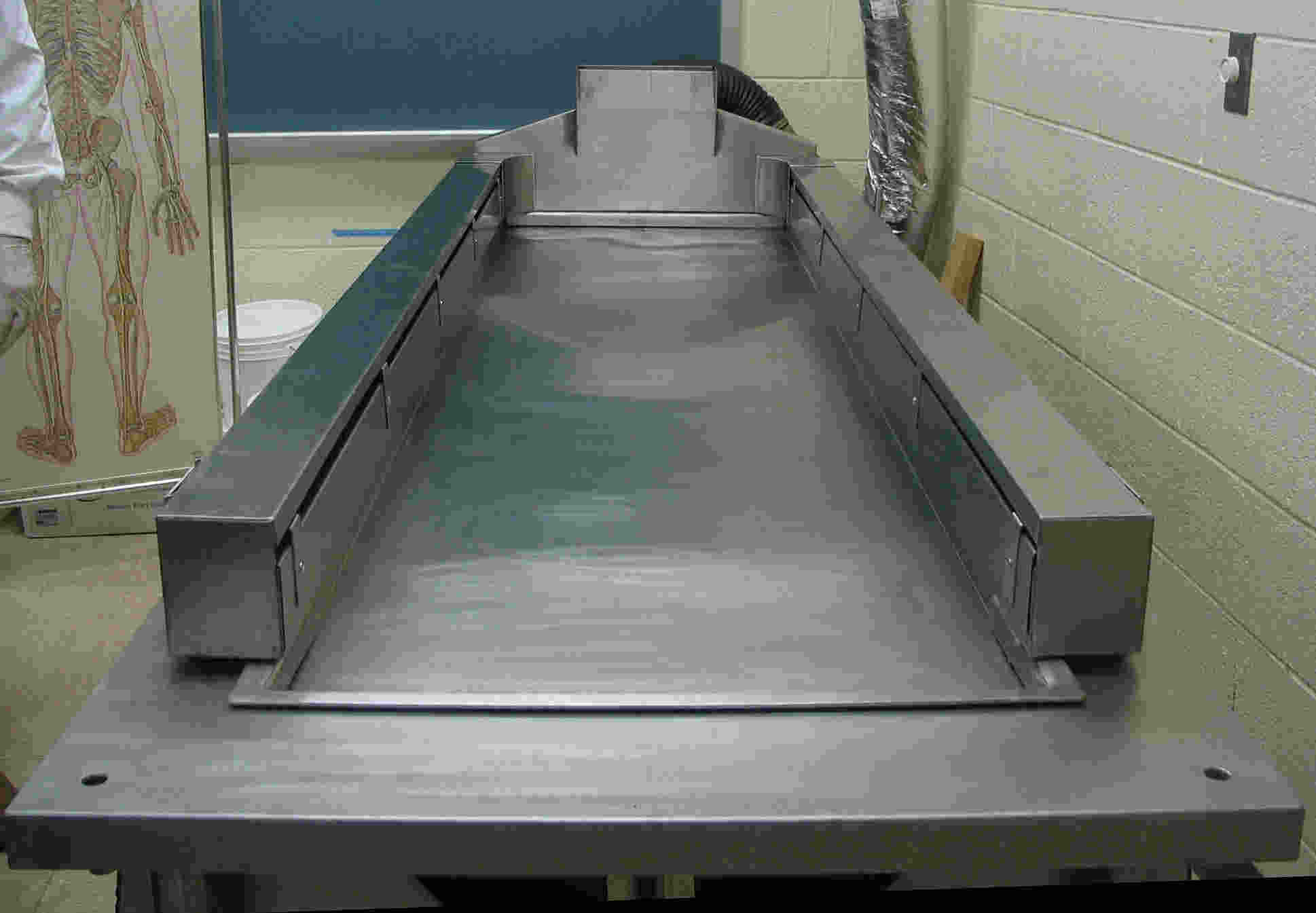A new computed tomography (CT) scanner at Glebe Morgue could speed up post mortems and reduce the number of internal examinations forensic pathologists carry out on the deceased.
The NSW government’s $600,000 scanner captures detailed 3-D imaging of bones, internal tissues and organs – even through a body bag or clothes – making the job of forensic pathologists easier, quicker and potentially less invasive.
The scanner can detect fractures, various natural causes – including a stroke – and injury patterns stemming from different traumas, such as gunshot wounds.
NSW Health Minister Jillian Skinner said that in some cases the scanner could eliminate the need for an internal examination of the body.
“This sophisticated tool allows forensic pathologists to prepare more comprehensive reports for the NSW Coroner and, in some cases, determine cause of death faster,” Ms Skinner said.
“It also means that families can take comfort in knowing their loved ones’ remains have been handled with the utmost dignity and returned to them as quickly as possible so they can carry out funeral arrangements.”
Similar CT scanners are routinely used by trauma surgeons – emergency medics who deal with severe, penetrating, life-threatening injuries (often abdominal), but this is only the second scanner in the state used in for forensic post-mortems. Newcastle has the other one.
However, it is necessary to recognise the limits of these scanners too.
An article, “The use of CT scanning in forensic autopsy” (from Forensic Science, Medicine and Pathology) by Peter Mygind Leth, which studied the CT scans of 100 dead bodies, found that CT scans missed important findings which were uncovered by an autopsy in 58 of the cases. In 11 cases important findings from CT scans were not found at an autopsy.
The review found that a CT scan and external examination could determine the cause of death in 27 per cent of the cases, compared with a 32 per cent success rate using a combination of CT scan, external examination and forensic chemistry. Autopsies, a highly specialised surgical procedure, determined the cause of death in 95 per cent of cases. CT scanning was most useful in cases of traumatic death.
It concluded: “CT is rarely a substitute for autopsy, but may contribute important new information in cases such as identifications (particularly following mass disasters), battered children, gunshot wounds, traffic accidents, and air embolisms.”
Other advantages of a CT scan include that it is digital so it is easily stored and reviewed by others and they can provide pictures that might prove more useful in court than autopsy photos. They could also be used during an inquest (external examination) to decide whether an autopsy is needed.
Attorney General Gabrielle Upton said the new CT scanner would help reduce any anxiety families feel about the forensic process after losing a loved one.
“Families struggling to cope with the loss of a loved one already have enough to deal with. This scanner will make it faster and easier to determine a cause of death,” Ms Upton said.
Comment below to have your say on this story.
If you have a news story or tip-off, get in touch at editorial@governmentnews.com.au.
Sign up to the Government News newsletter

